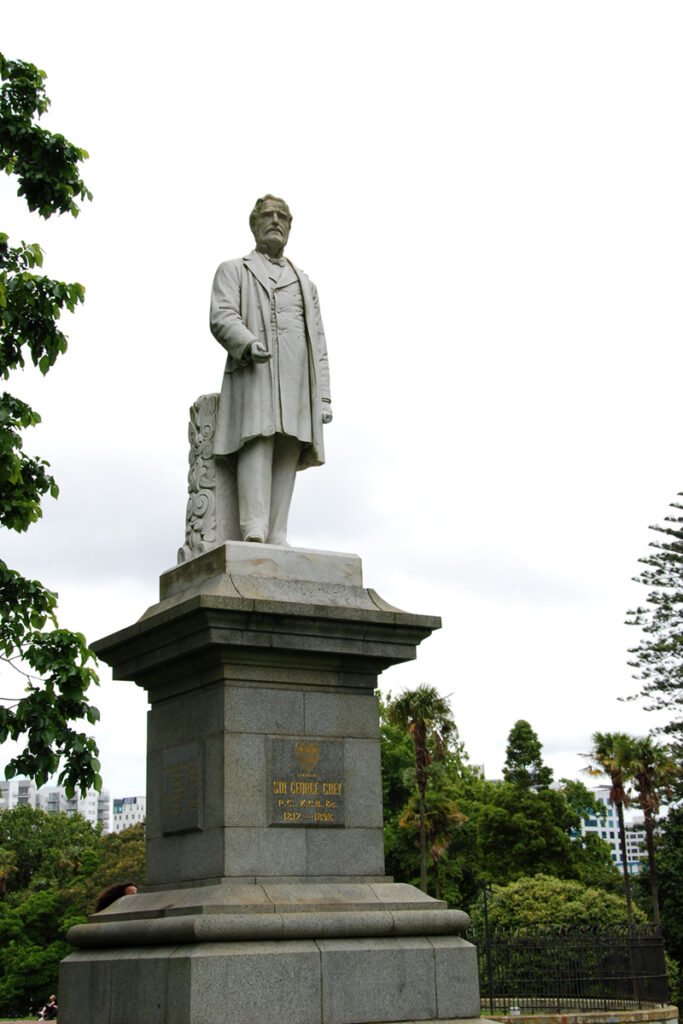It’s impossible to walk through the heart of many New Zealand cities without feeling the weight of history looming above. Bronze statues of colonial figures stand atop pedestals, gazing out over bustling town squares and tranquil parks. But beneath the surface, a powerful current is shifting—one that challenges whose stories these monuments truly tell, and whose voices have been left unheard. The movement to decolonize public spaces in New Zealand is not just about stone and metal. It’s about memory, identity, and the urgent demand for justice that resonates through generations. As calls to reevaluate colonial monuments grow louder, New Zealand stands at the crossroads of reckoning with its past and envisioning a future built on respect and truth.
The Roots of Colonial Monuments in New Zealand
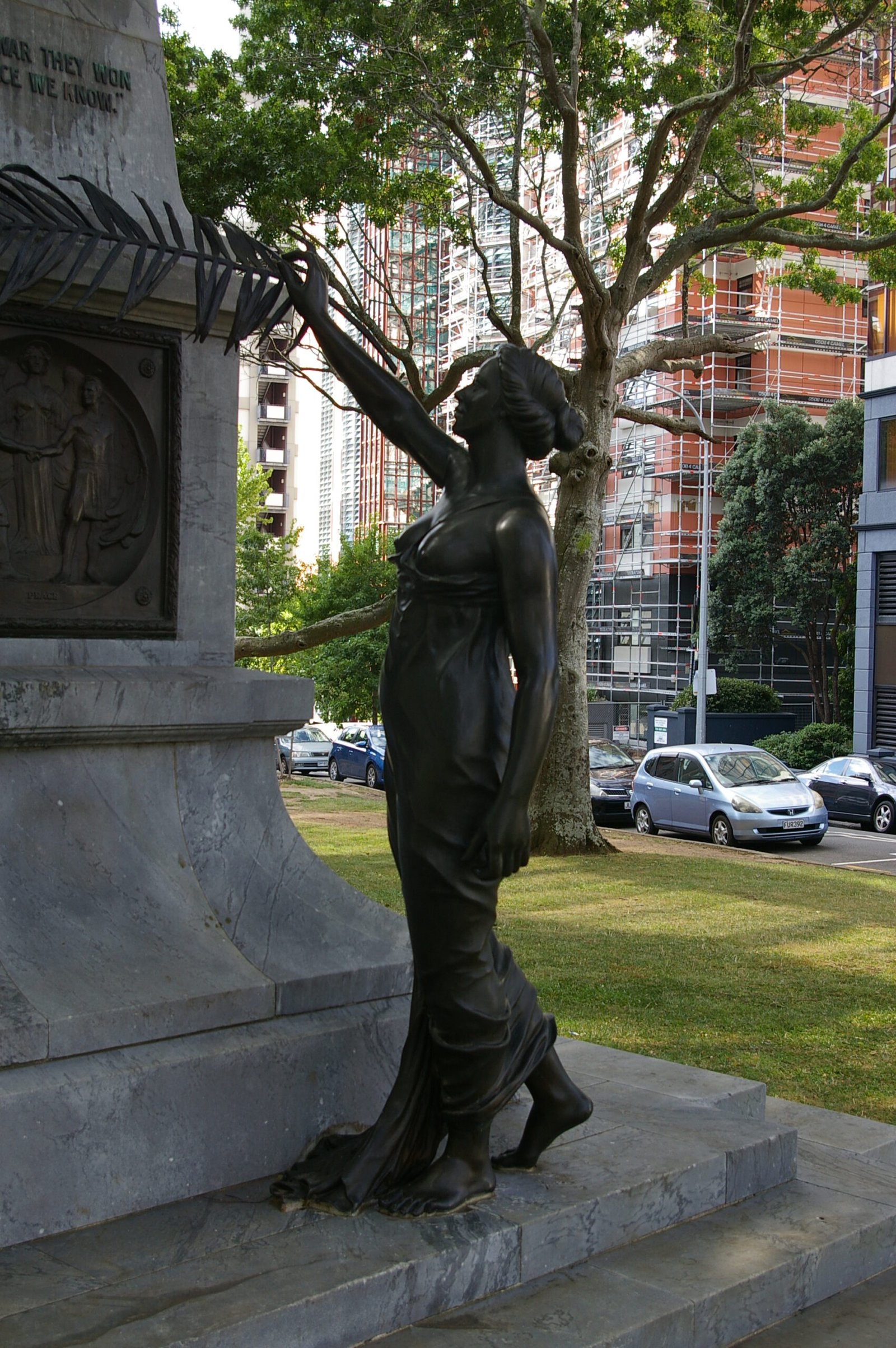
Colonial monuments in New Zealand were erected during a time when European settlers sought to assert their dominance and permanence on Māori land. These statues, often honoring British monarchs, governors, or soldiers, were intended to symbolize power and victory. For many, they represented progress and civilization, marking the transformation of the landscape into something more familiar to the colonizers. However, for Māori communities, these structures often signified dispossession, violence, and the loss of ancestral lands. The monuments serve as daily reminders of a painful chapter in history that is still very much alive in the national consciousness. The debate around their presence is not just about historical artifacts but about how history is remembered and whose stories are centered in public spaces.
Why Monuments Matter: More Than Stone and Metal
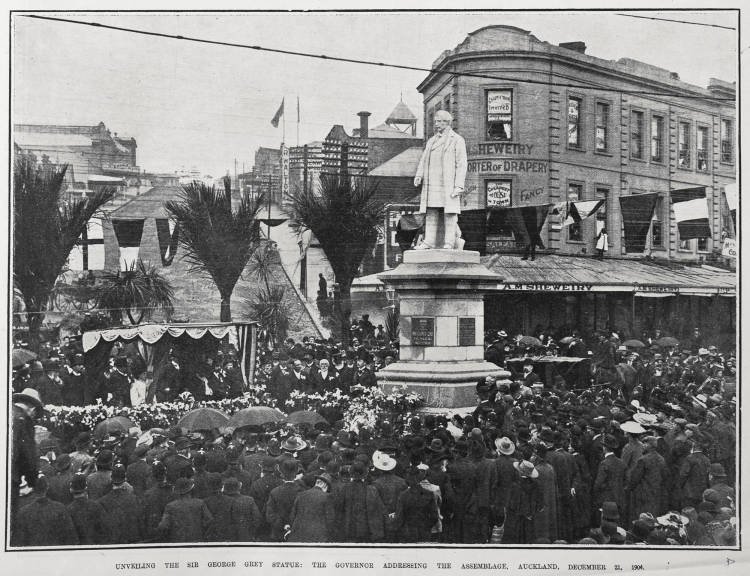
Monuments are more than just art or decoration; they are powerful symbols that shape collective memory and identity. The figures and events chosen for commemoration reflect the values and priorities of the society at the time they were installed. In New Zealand, colonial monuments have long reinforced a narrative that centers European achievement and marginalizes Māori history. This has profound effects on how people understand their place in the nation’s story. For Māori and other marginalized groups, these monuments can evoke feelings of exclusion and trauma, making public spaces feel unwelcoming or even hostile. As calls for decolonization grow, many are questioning whether these statues still serve the community or merely perpetuate outdated and harmful myths.
The Rise of the Decolonization Movement
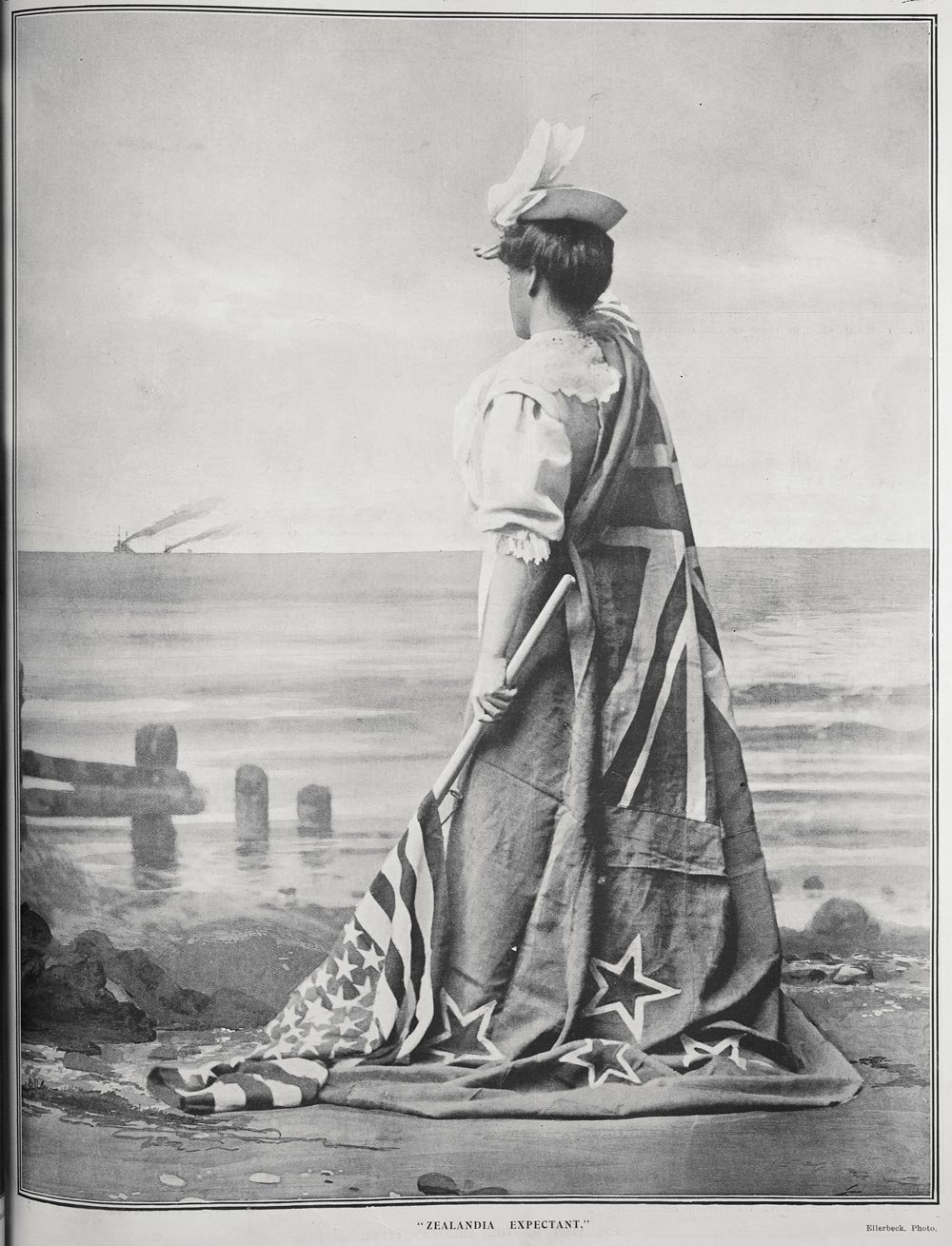
The movement to decolonize public spaces in New Zealand has gained momentum in recent years, fueled by global conversations about racial justice and Indigenous rights. Protests, petitions, and public debates have brought the issue of colonial monuments into the spotlight, challenging local councils and institutions to take action. Activists argue that removing or recontextualizing these statues is a necessary step toward healing and reconciliation. The movement is not about erasing history, but about making space for multiple perspectives and acknowledging the full truth of New Zealand’s past. This surge of activism reflects a broader desire for justice and equity, inspiring communities across the country to rethink who should be honored in their shared environments.
Science and Memory: Understanding the Psychology of Monuments
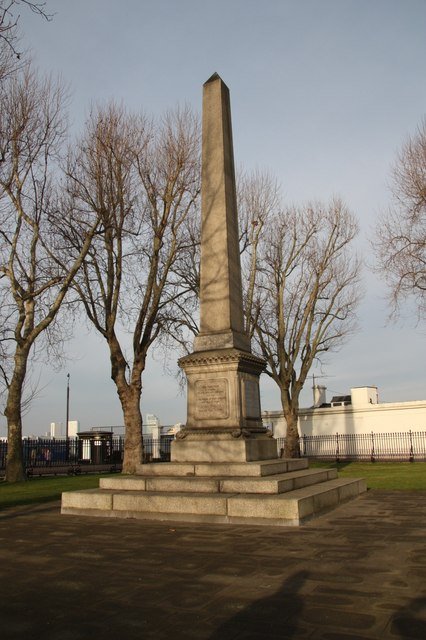
Scientific research has shown that monuments play a significant role in shaping how people remember history and perceive social norms. Studies in psychology reveal that public symbols can reinforce cultural identities and influence attitudes toward different groups. In New Zealand, the presence of colonial monuments can subtly reinforce a hierarchy that privileges European heritage over Māori traditions. This can affect everything from self-esteem to social cohesion, particularly among young people trying to understand their place in society. Neuroscientists have found that emotional responses to these symbols can be powerful and lasting, underscoring why debates over monuments are often so passionate and personal.
Controversial Figures: Whose Legacy Gets Remembered?
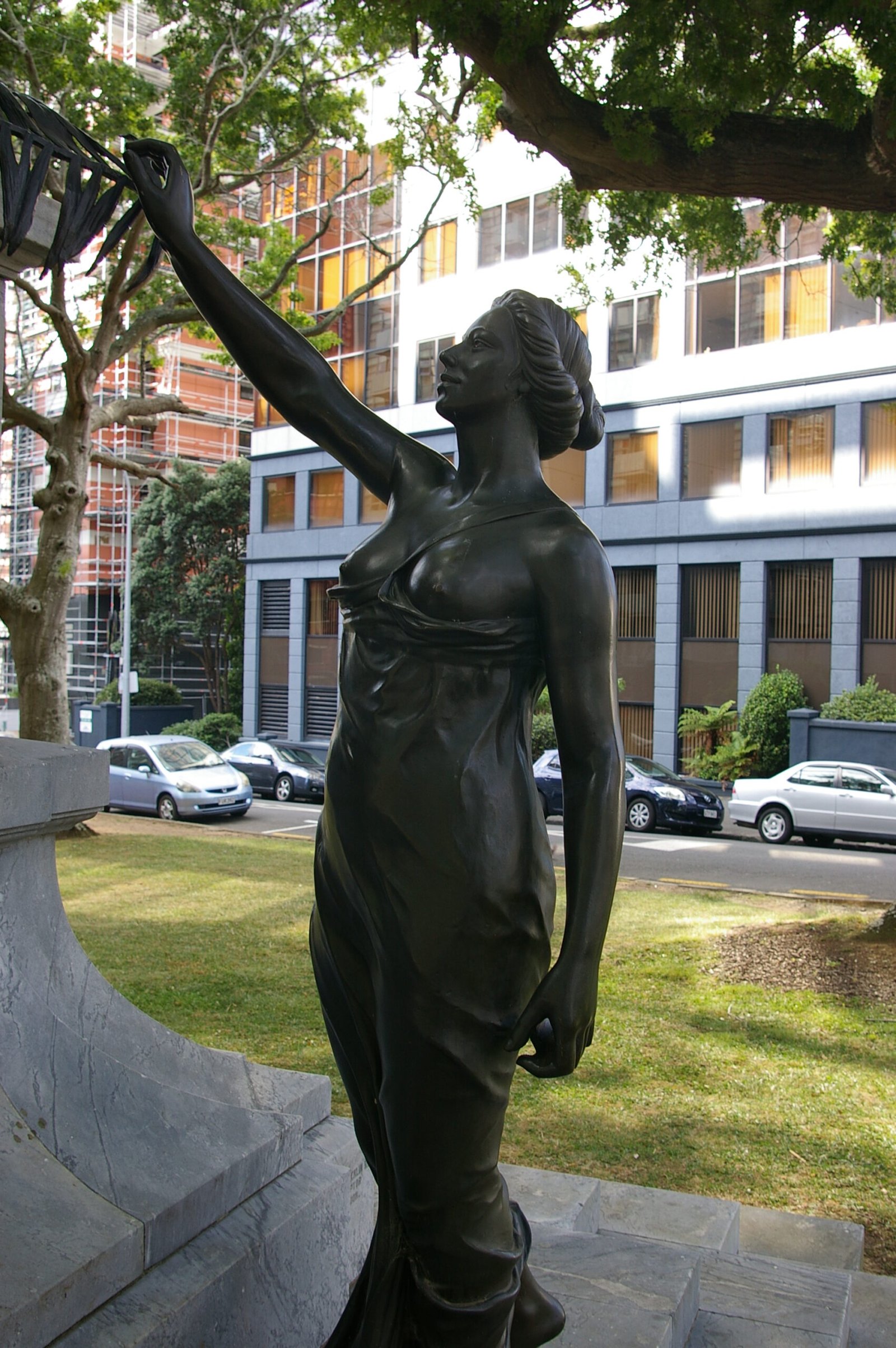
Many of the colonial figures immortalized in New Zealand’s public spaces were involved in actions that had devastating consequences for Māori communities. Statues of men like Captain James Cook or Governor George Grey often spark heated debate. Some see them as pioneers and nation-builders, while others remember them as perpetrators of land theft, violence, and cultural suppression. The controversy is not about denying history, but about recognizing the full complexity of these individuals and the harm they caused. By reevaluating who is honored in public spaces, New Zealanders are encouraged to reflect on the values and stories they want to pass down to future generations.
Community Voices: Māori Perspectives on Decolonization
Māori leaders and activists have been at the forefront of the movement to decolonize public spaces in Aotearoa. Many have spoken out about the emotional impact of colonial monuments, describing them as daily reminders of loss and injustice. For some, seeing these statues in prominent locations is a constant source of pain—a reminder that their ancestors’ suffering is still not fully acknowledged. Māori perspectives emphasize the importance of mana (dignity), whakapapa (genealogy), and tino rangatiratanga (self-determination) in shaping the future of public spaces. Their calls for change are rooted in a deep desire for respect, recognition, and genuine partnership in deciding how history is told.
Creative Alternatives: Reimagining Public Spaces
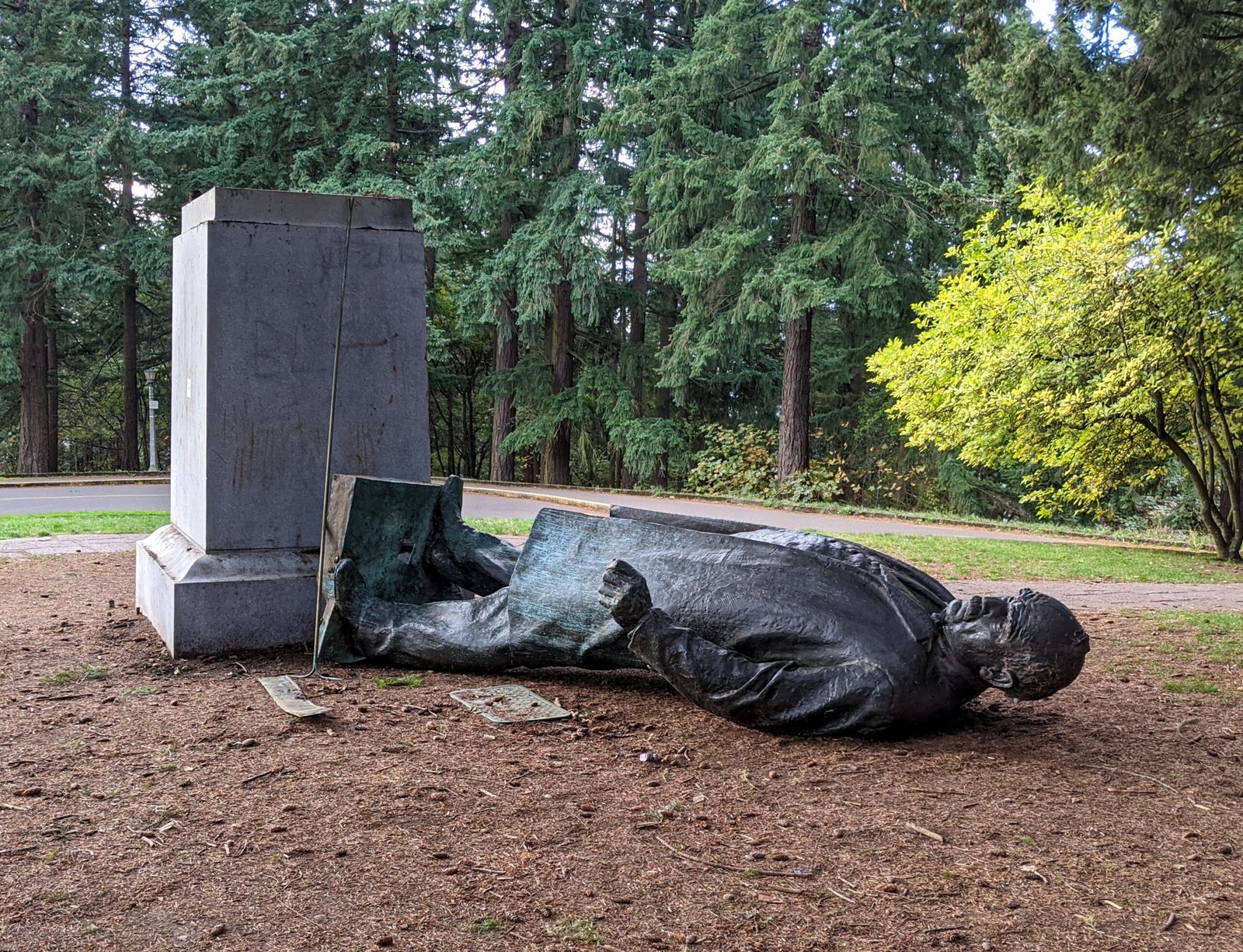
As the conversation about decolonizing monuments continues, communities across New Zealand are exploring creative alternatives. Some regions have removed statues entirely, while others have chosen to add contextual plaques or reinterpret existing monuments. There is also a growing movement to commission new works of art that celebrate Māori heroes, culture, and history. These efforts aim to create public spaces that are inclusive, welcoming, and reflective of New Zealand’s diversity. By embracing creativity and dialogue, cities and towns can transform sites of conflict into opportunities for learning and connection. Examples include the installation of Māori carvings, murals, and storytelling spaces that honor both past and present.
Education and Awareness: Learning Beyond the Monuments
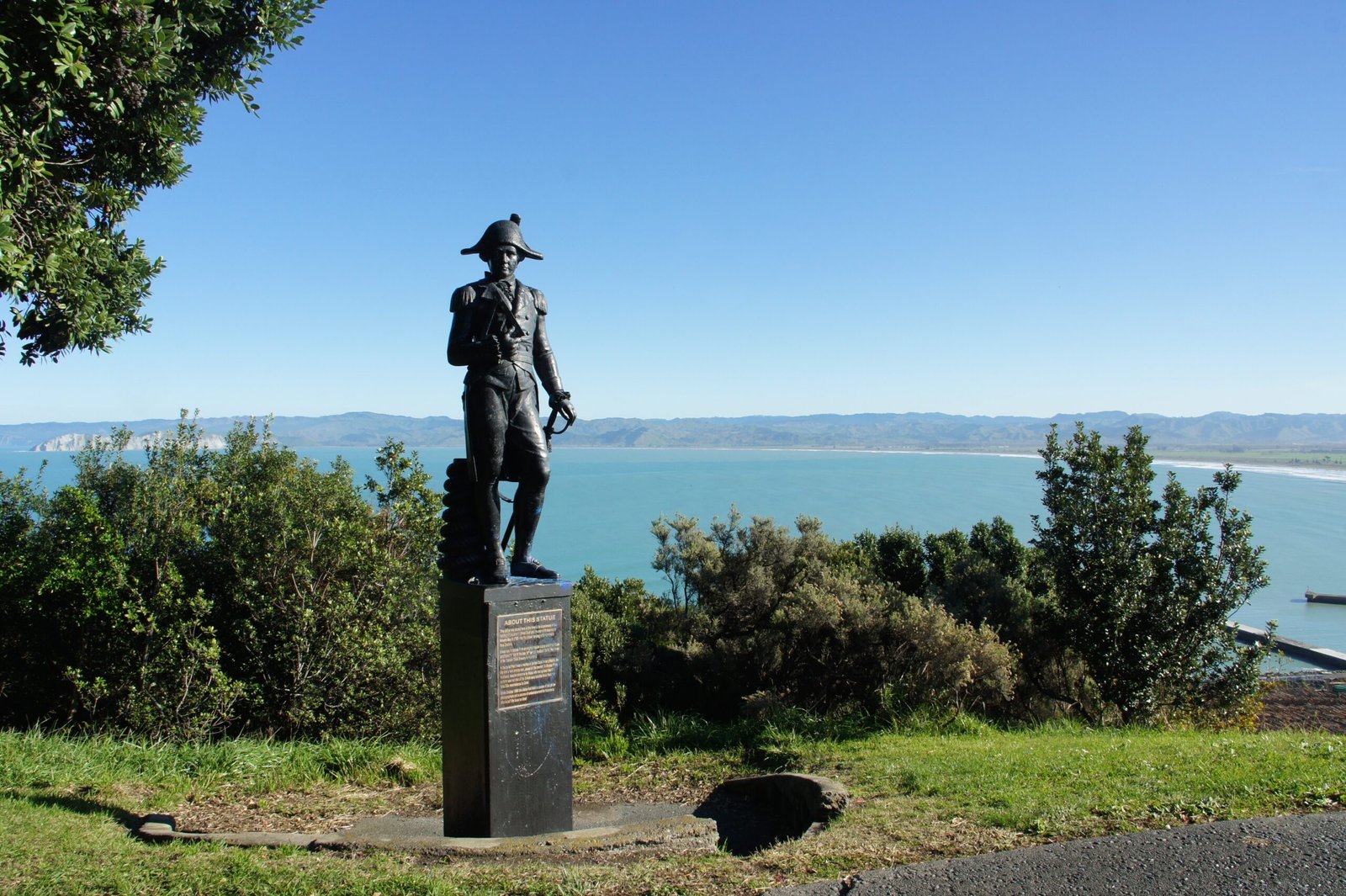
One of the most powerful tools for change is education. Schools, museums, and community organizations are working to teach a more balanced and honest version of New Zealand’s history. This includes acknowledging the impacts of colonization and celebrating Māori knowledge, language, and achievements. Public discussions and workshops encourage people to ask difficult questions and challenge their assumptions. When people learn about the full story behind a monument, they are more likely to support efforts to reevaluate its place in society. Education serves as a bridge between the past and the future, helping to build empathy and understanding across generations.
Global Echoes: New Zealand in the World Conversation
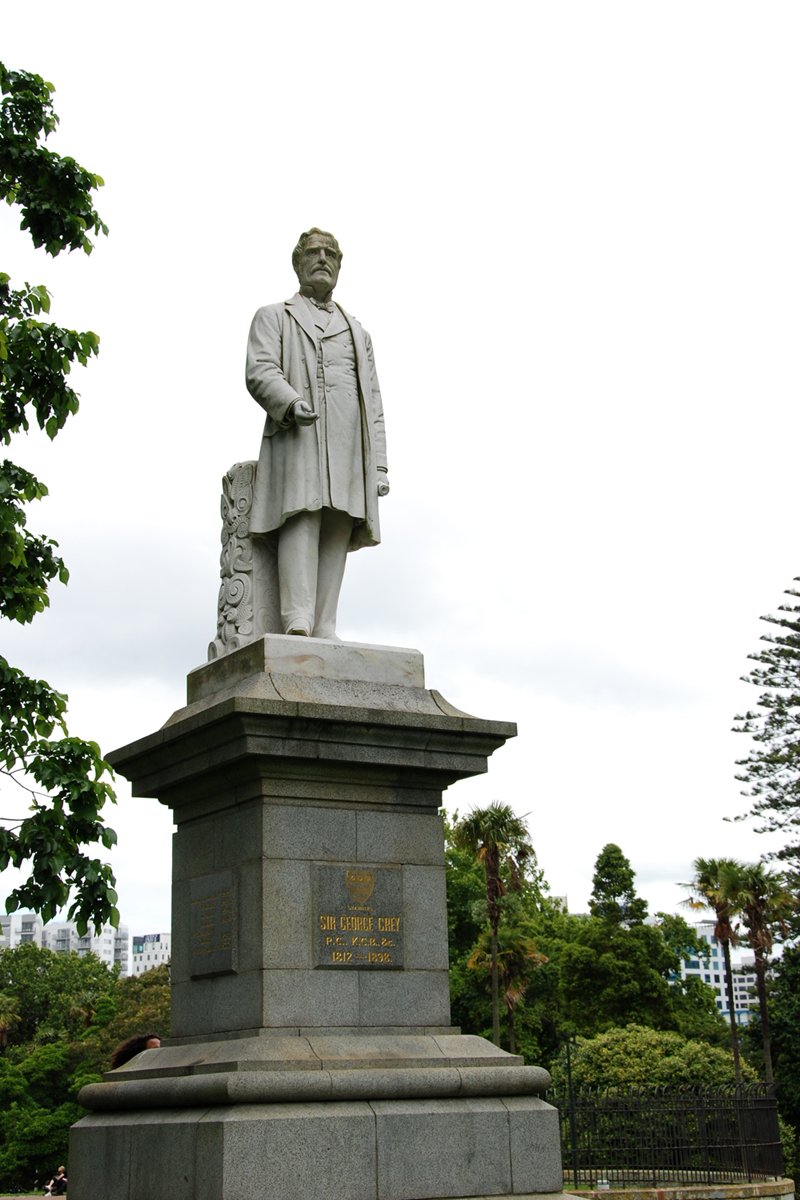
New Zealand’s debates over colonial monuments are part of a global movement to reconsider how societies remember their histories. From the removal of Confederate statues in the United States to the toppling of colonial-era figures in South Africa and the United Kingdom, countries around the world are grappling with similar questions. New Zealand’s unique context—blending Indigenous and settler histories—offers valuable lessons for other nations facing the challenge of decolonization. By sharing stories and strategies, New Zealanders contribute to a worldwide dialogue about justice, memory, and the power of public space.
The Road Ahead: Challenges and Opportunities
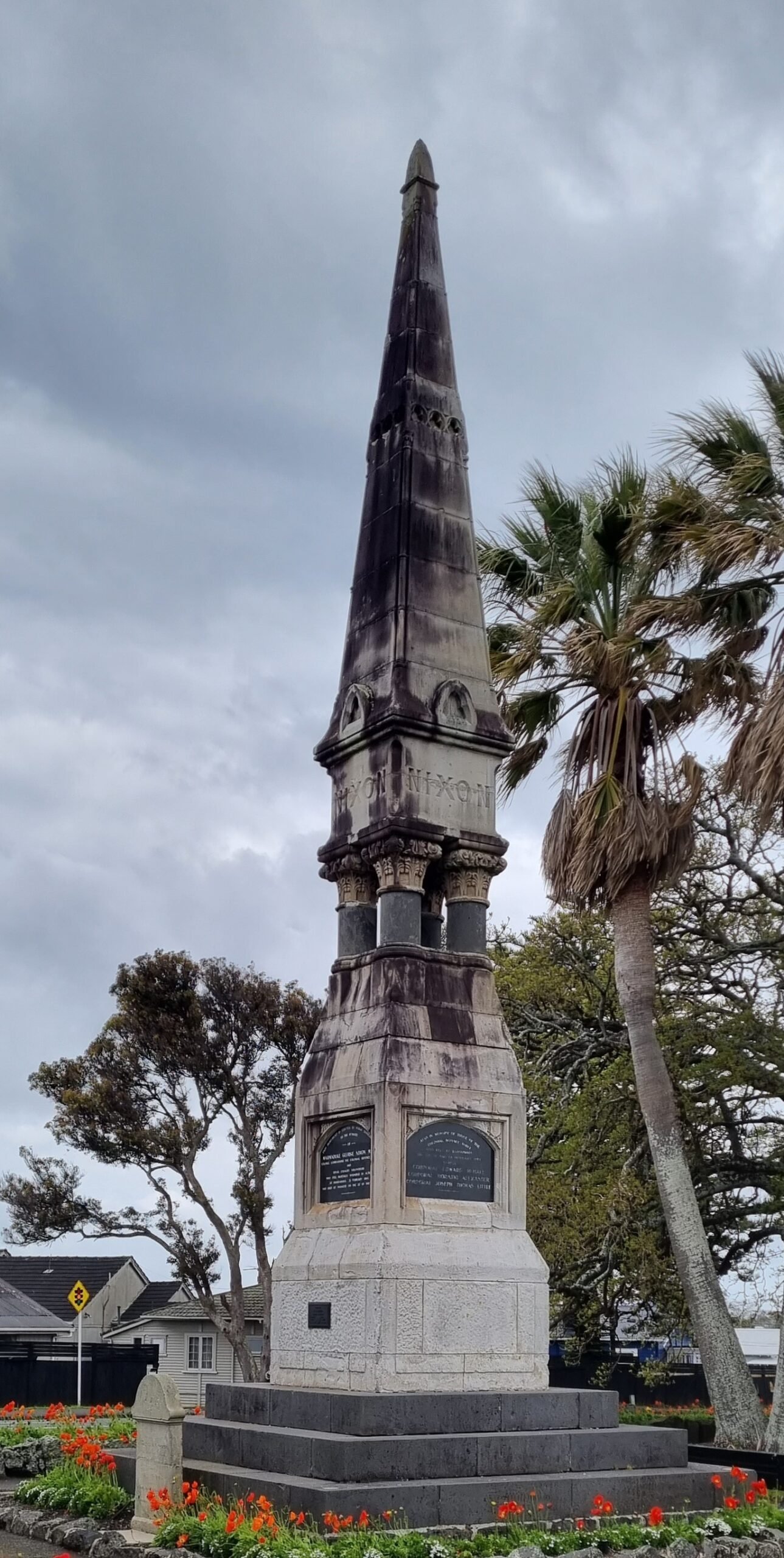
Decolonizing public spaces is a complex and ongoing process, full of both challenges and opportunities. Decisions about monuments often spark intense debate, with passionate arguments on all sides. Some worry that removing statues will erase history, while others see it as a necessary step toward truth and reconciliation. The key is open, respectful dialogue that includes all voices, especially those who have been marginalized. As New Zealand moves forward, the choices made today will shape the country’s identity for generations to come. The journey is not easy, but the rewards—healing, justice, and unity—are worth the effort.
Reflecting on the Power of Change
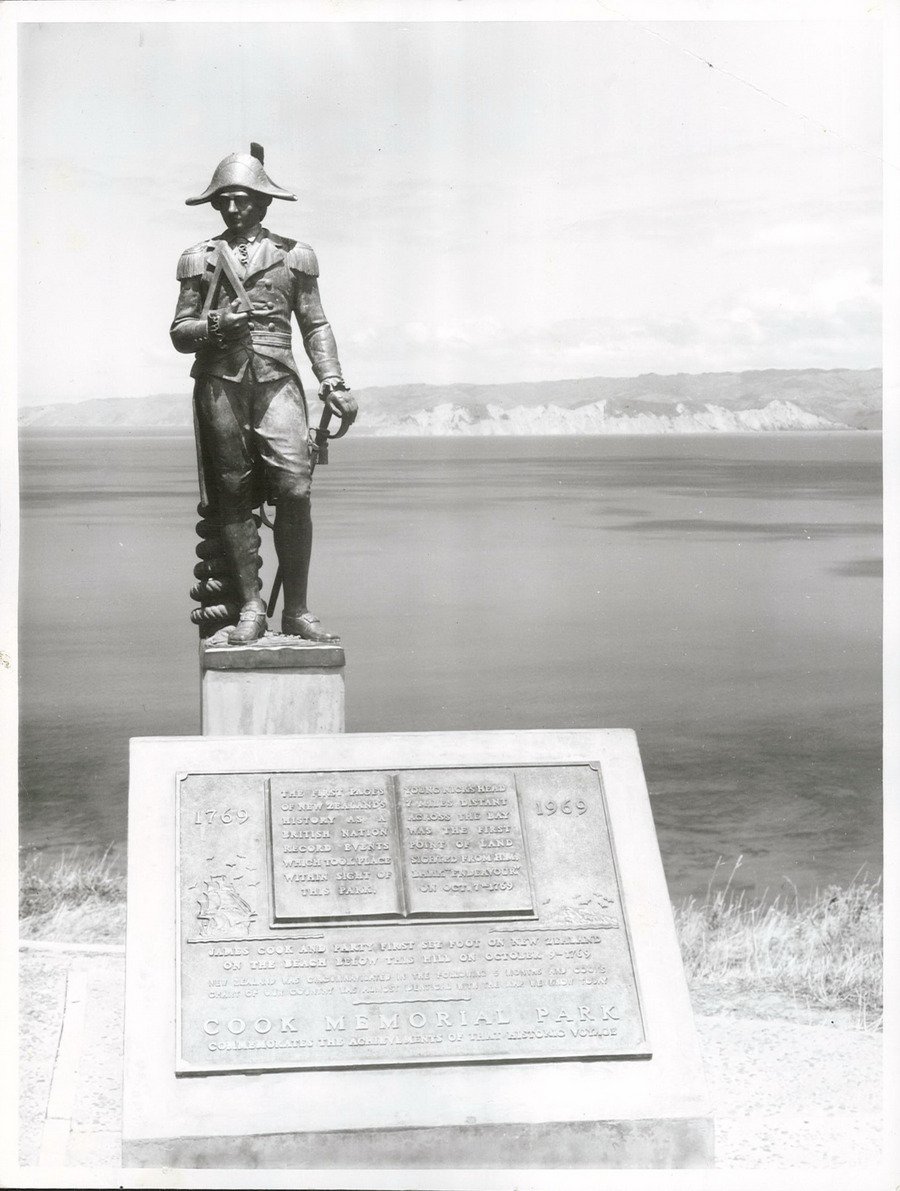
The movement to reevaluate colonial monuments in New Zealand is about more than objects in public squares; it is about the stories a nation chooses to honor and the future it hopes to build. As statues come down and new symbols rise, New Zealanders are invited to imagine a society rooted in respect, truth, and shared memory. This is a rare chance to turn sites of old wounds into places of hope and possibility. What kind of monuments would you create to tell the story of a people united by both history and hope?

